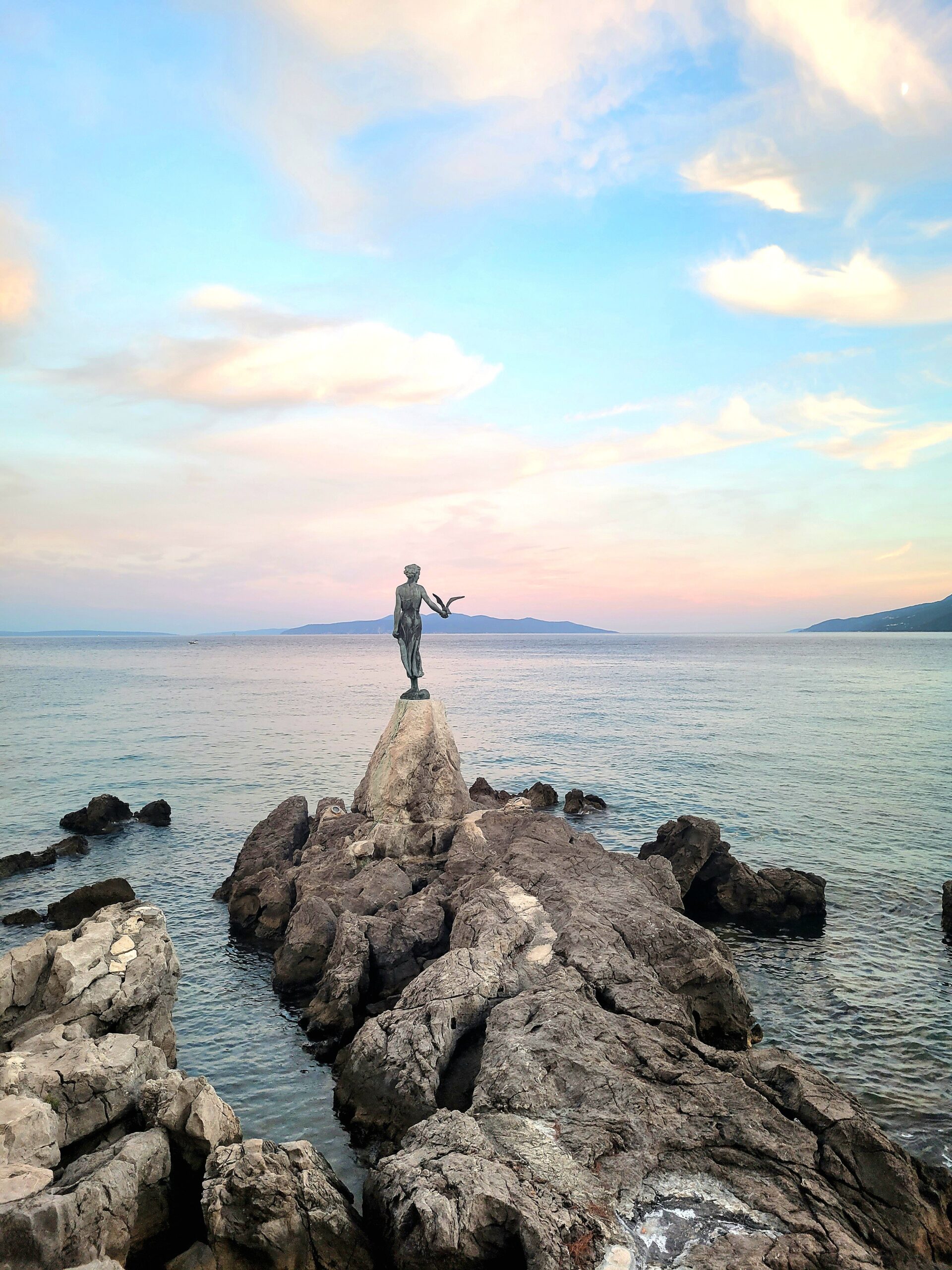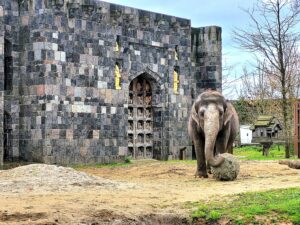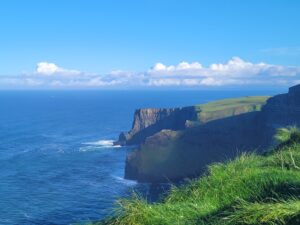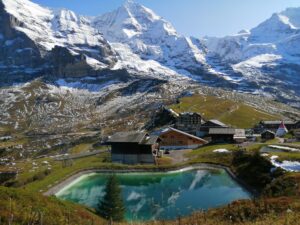Today’s blog topic is Istria in Croatia. Istria spans three countries: Croatia, Slovenia, and Italy, with the largest part of this area being in Croatia.
Rijeka
I started my journey to Istria in Rijeka. The airport is located on the island of Krk, which is connected to the mainland by a bridge and is about a 20-minute drive from Rijeka. You can reach Rijeka by bus or taxi. If you are traveling alone, it is more economical to take the bus, which costs around 15 euros, while a taxi to the center of Rijeka will cost between 50 and 70 euros.
Rijeka is a city with a rich history, but one that has not seen much investment in recent decades. Between the 1950s and 1980s, Rijeka was the main port in Yugoslavia. This period was one of the most prosperous in Rijeka’s history when the city had a developed industry, a maritime economy, and maximized its port potential. Unfortunately, Rijeka failed to maintain this growth after 1990, when Yugoslavia began to break up. Today, Rijeka is far from its glory days—the city is neglected, facades are dilapidated, but the architecture remains beautiful and bears witness to the city’s rich past, even though the buildings have not been restored.
Rijeka is slightly cheaper compared to the well-known Istrian resorts, which were very expensive this year, resulting in fewer tourists than in previous years. The city is well-connected by public transport with the rest of Istria, so in less than two hours, you can reach Rovinj, Poreč, Pula, or Trieste in Italy.

Opatija
My next stop was Opatija, which, to say the least, delighted me. The city is beautiful, and its architecture tells stories from the past that leave no one indifferent. Opatija is only 14 km from Rijeka, but unlike Rijeka, it has seen significant investment and is one of the most beautiful modern resorts on the Croatian coast. The city boasts the Lungomare promenade, lined with beaches that are not to my taste as they are mostly concrete, but this does not diminish the city’s beauty. The fairy-tale villas, which add a magical touch to this city, tell stories from bygone times. Opatija is hilly, so walking can be challenging, and comfortable footwear is essential to explore this wonderful place.

Rovinj
85 km from Opatija lies the magical Rovinj, located on the western coast of the Istrian peninsula. Rovinj is one of the most popular resorts in this area, thanks to its enchanting old town that captivates visitors from around the world, as well as the opportunity to visit beautiful beaches accessible by boats that depart every hour. The extensive promenade, several kilometers long, is perfect for evening strolls with a stunning view of the old town.
In the old town, there are narrow, small streets that have preserved their authenticity. The buildings are well-maintained, and as you walk through them, you feel as if you are in Italy. In Rovinj, the official languages are Croatian and Italian. At the top and in the heart of the old town is the Church of St. Euphemia, which offers a view of the nearby islands. From Rovinj, you can go on a cruise around the nearby islands, take a daily boat trip to Venice, or go on a sunset boat trip to see dolphins.
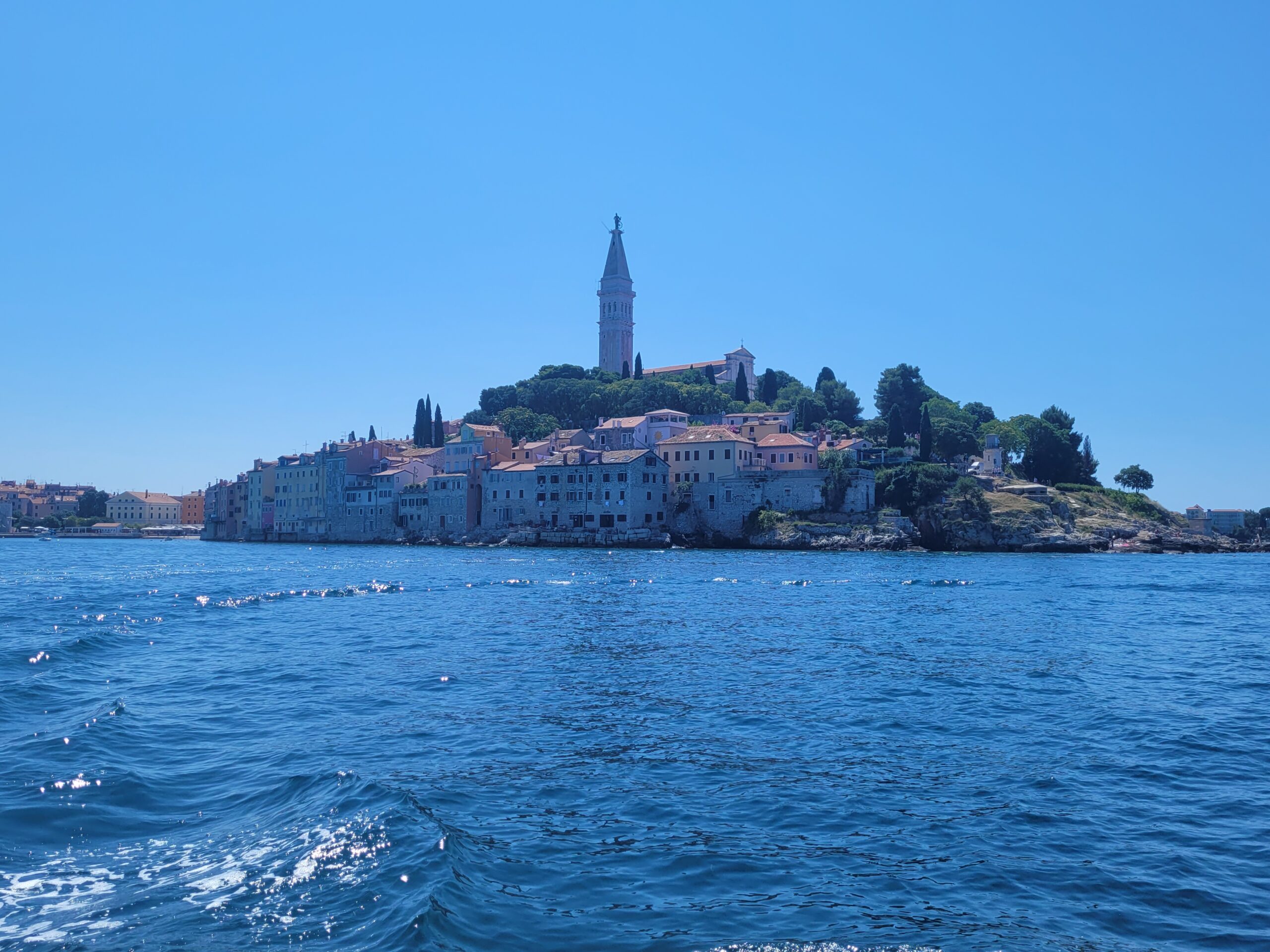
Poreč
After Rovinj, we headed to Poreč, which is perfect for families with young children due to its flat terrain and expansive green spaces with forests and parks along the beach—ideal for kids. Its only 35km from Rovinj. The town also features a large amusement park, providing excellent entertainment for children in the evening. Like Rovinj, Poreč exudes Italian charm, with its spacious promenade and narrow streets that are characteristic of Istria.

Pula
From Poreč, I had planned to take a trip to Trieste, which is about 83 km away. Not considering that it was the summer season and that everyone likely wanted to go to Trieste, I intended to buy a bus ticket right before the departure. Unfortunately, it was too late, as all tickets were sold out. So instead of Trieste, I decided to visit Pula.
Pula is the largest city in Istria with a rich history, featuring numerous ruins and structures from the Roman period. Its 60km far from Porec and it well connected with public transport with all cities in Croatia. The main attraction is the Arena, a Roman amphitheater that is exceptionally well-preserved. The city is also known for its wine production and fishing.

I concluded my journey in Rijeka, where I spent my last day in Croatia. Istria and Rijeka offer ideal opportunities for road trips and exploration of this part of Croatia, Italy, and Slovenia, but to fully experience everything, you would need a few weeks of travel.
If you plan to visit Croatia, remember that it is customary to give a tip to waitstaff in bars and restaurants.

